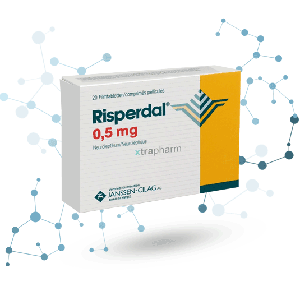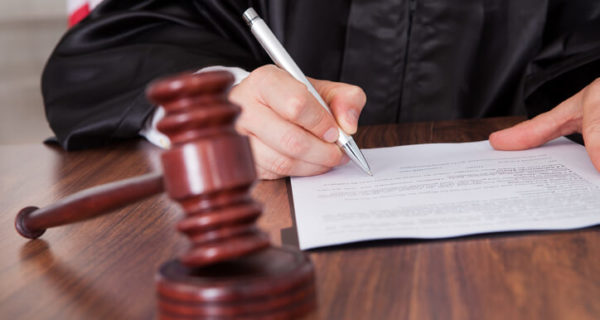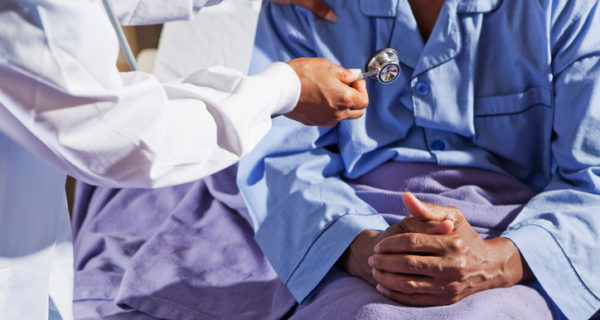Risperdal Overview - How Risperidone Works
 Risperdal® (also known as risperidone) is an atypical antipsychotic drug manufactured by Johnson & Johnson. The Food and Drug Administration approved Risperdal in 1993 to treat schizophrenia in adults. Risperdal is now prescribed for schizophrenia, bipolar disorder, dementia, autism and Tourette syndrome in children and elderly patients as well as adults. To understand why this drug’s caused so much controversy, keep reading our Risperdal overview below.
Risperdal® (also known as risperidone) is an atypical antipsychotic drug manufactured by Johnson & Johnson. The Food and Drug Administration approved Risperdal in 1993 to treat schizophrenia in adults. Risperdal is now prescribed for schizophrenia, bipolar disorder, dementia, autism and Tourette syndrome in children and elderly patients as well as adults. To understand why this drug’s caused so much controversy, keep reading our Risperdal overview below.
Risperdal Overview: Prescription & Off-label Marketing Uses
Before the FDA approved Risperdal in 2006 to treat autistic children’s irritability, J&J endured harsh criticism over off-label use marketing. Risperdal effectively manages more disruptive behavioral symptoms of schizophrenia, bipolar disorder and autism. As a result, it ranked among Consumer Reports‘ top medications in a “Best Buy Drugs: The Antipsychotics” report published in 2009. At the time, it was a newer, high-efficacy antipsychotic with comparatively fewer side effects than, say, Haldol.
For this reason, Risperdal soon became an attractive way to help children with autism through behavioral interventions. Because Risperdal reduces repetitive behaviors, hyperactivity, aggressive tantrums and self-injury episodes by 57%, kids are calmer and more able to participate in class.
Risperdal Overview: Studies Show Risks for Children, Elderly Patients
Despite the drug’s popularity, a January 2005 study found elderly dementia patients on Risperdal face increased risk of death. As a result, the FDA issued a black box warning for Risperdal later that same year. Then in 2006, Duke University researchers discovered Risperdal accounted for approximately 70% of gynecomastia cases diagnosed in young boys and adolescents taking antipsychotics. Gynecomastia is enlarged breast growth due to overproduction of the hormone prolactin; by definition, girls cannot have gynecomastia. Therefore, it’s a condition unique to boys under 21.
Upon diagnosis, a serious condition like gynecomastia can be devastating emotionally as well as physically. And yet, according to corporate-sponsored scientists working on a 2002 Risperdal clinical trial in children, J&J manipulated study results to minimize gynecomastia risks. By removing boys older than 10 from the numerator and adding more girls, the company skewed initial gynecomastia incidence rates of 4.5% down to .8% in the final, “re-issued” report. Thus, reported rates of raised prolactin levels and enlarged breasts in adolescent boys weren’t statistically significant among the study’s overall results.
Risperdal Overview: Johnson & Johnson Lawsuits
In a bid to increase the drug’s popularity among parents, Johnson & Johnson began promoting Risperdal to pediatricians in the late 1990s. By 2000, children and adolescents comprised one-fifth of Risperdal patients. Just a few years later, the ubiquitous new antipsychotic was earning J&J $3 billion annually. However, a string of jury-ordered verdicts and out-of-court settlements would soon cut significantly into the drug giant’s profit margins. Between 2010 and 2016, Johnson & Johnson and its subsidiary, Janssen Pharmaceuticals, paid at least $3 billion in Risperdal settlements. Today, thousands of Risperdal lawsuits are still pending.
Check your eligibility for compensation.
If you or a loved one developed gynecomastia while taking Risperdal, you may qualify for compensation from the manufacturer. Request your free case evaluation now to see if you may qualify.




